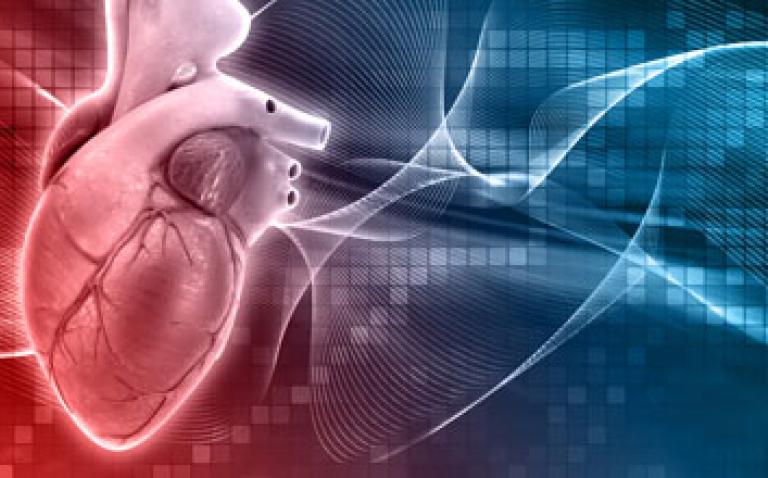Researchers from the Universities of Exeter, Leeds and Cambridge have harnessed an innovative new method to gain a greater understanding of signalling stations within the cells, called nanodomains.
They believe that the new technique could pave the way for a greater understanding behind the causes of potentially life-threatening conditions such as heart disease, as well as potential new treatment pathways.
The nanodomains are known to drive fundamental physiological processes in the body, including the onset of disease.
Scientists have, until now, generally relied on electron-microscopy to study these structures. However the technology has not allowed access to the finer mechanisms of the nanodomains at a molecular level.
Now, the UK research team have refined a new, light based super-resolution microscopy technique that allows high-quality imaging of the signalling stations in the human heart.
The study is published in leading scientific journal Cell Reports on 9 January, 2018.
Professor Christian Soeller, who led the study and is at the new Living Systems Institute at the University of Exeter, said: “Slightly more than a decade ago nobody thought that we would ever see individual molecules with light, the resolution just seemed insufficient to resolve such fine detail.”
“Since then an astonishing array of new tricks has been devised. In our latest advance, the use of synthetic DNA has been critical – the deep understanding of the chemistry of DNA we have today makes it an enormously versatile tool.”
Expertise in the design of synthetic DNA strands was provided by Dr Lorenzo Di Michele from the University of Cambridge.
The ground-breaking new technique allows scientists to pin-point any number of specific types of proteins within the cells, the counting of each species of protein, and observations of the precise patterns in which they are arranged.
As a result, the team says that their research provides a “perfect window” to examine the changes that occur in the molecular machinery as heart failure develops.
They believe the added visual detail that the new imaging provides will guide more decisive investigations into how to target or repair these signalling stations or the molecular machines within them more precisely.
First author Dr Isuru Jayasinghe, now at the University of Leeds, said: “At present, none of the treatments or therapies provided to heart failure patients specifically target the signalling stations – nanodomains – within the cell, which the evidence overwhelmingly suggests are a major cause of heart failure.
“We believe that by visualising these signalling structures at this level of detail using super-resolution microscopy we can help guide investigations into how we can target or repair these molecular machines and thus, in the long term, help patients to overcome heart disease.”










